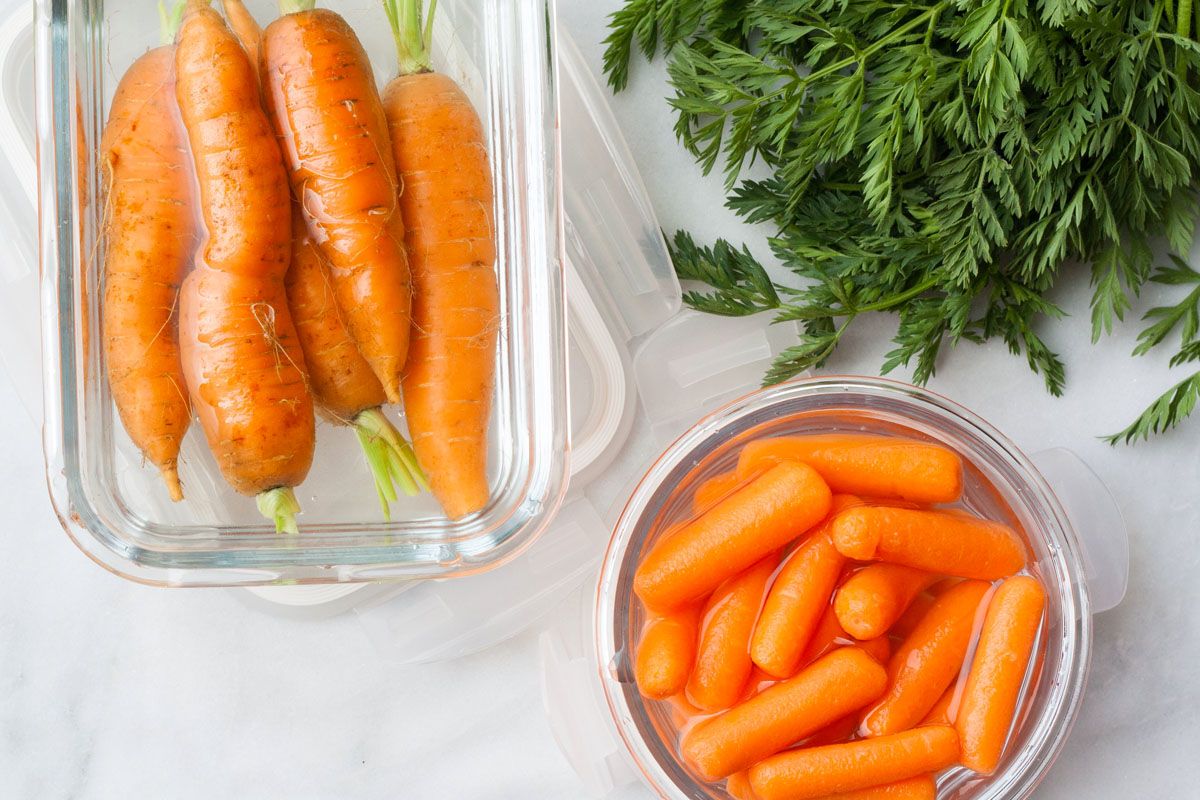

Articles
How To Store Washed Carrots
Modified: February 27, 2024
Learn the best techniques for storing freshly washed carrots to keep them fresh and crisp in this informative articles.
(Many of the links in this article redirect to a specific reviewed product. Your purchase of these products through affiliate links helps to generate commission for Storables.com, at no extra cost. Learn more)
Introduction
Carrots are a versatile and nutritious vegetable that can be used in a variety of delicious dishes. But what do you do after you’ve washed your carrots and want to store them for later use? Proper storage is key to maintaining the freshness and quality of washed carrots. In this article, we will guide you through the steps on how to store washed carrots to ensure they stay crisp and flavorful.
When it comes to storing washed carrots, it’s important to keep in mind that moisture is the enemy. Excess moisture can cause the carrots to become wilted and prone to spoilage. To prevent this, it’s crucial to dry the washed carrots thoroughly before storing them. Additionally, proper packaging and refrigeration play a crucial role in extending their shelf life.
By following a few simple steps, you can ensure that your washed carrots remain fresh and delicious for an extended period of time. So let’s get started and learn how to store washed carrots!
Key Takeaways:
- Properly drying washed carrots and wrapping them in paper towels or cloth before storing helps maintain their freshness and crispness, ensuring they stay flavorful for an extended period of time.
- Storing washed carrots in a plastic bag or container in the refrigerator, away from strong-smelling foods, and regularly checking for freshness can help extend their shelf life and preserve their quality.
Read more: How To Store Carrots
Step 1: Dry the washed carrots
The first step in properly storing washed carrots is to ensure that they are thoroughly dried. Excess moisture on the carrots can lead to rotting and spoilage, so it’s important to remove as much water as possible before storing them.
After washing the carrots, gently shake off any excess water or pat them dry with a clean kitchen towel. You can also use a salad spinner to remove the water more effectively. Simply place the washed carrots in the salad spinner, give it a few spins, and watch as the water is whisked away.
Once you have removed the excess moisture, spread the carrots out on a clean kitchen towel or paper towel. Allow them to air dry for a few minutes, or gently pat them dry with the towel to speed up the drying process.
It’s important to note that the drying process should be thorough, as even small amounts of moisture can lead to the growth of bacteria and spoilage. Take your time to ensure that the carrots are completely dry before moving on to the next step.
Remember, a little extra effort in drying the washed carrots will go a long way in preserving their quality and freshness during storage. Once you have ensured that the carrots are dry, it’s time to move on to the next step.
Step 2: Wrap them in paper towels or cloth
After ensuring that the washed carrots are dry, the next step is to wrap them in paper towels or cloth before storing them. Wrapping the carrots helps to absorb any residual moisture and further prevents them from becoming damp or soggy.
Take a few sheets of paper towels or a clean, dry cloth and place the washed carrots on top. Gently wrap the carrots, ensuring that they are completely covered. The paper towels or cloth will act as a barrier, helping to absorb excess moisture and maintain the carrots’ freshness.
Another alternative is to use perforated plastic bags specifically designed for storing vegetables. These bags allow for proper airflow while still retaining moisture, keeping the carrots fresh. Simply place the carrots in the bag, seal it, and you’re good to go.
When wrapping the carrots, make sure not to tightly pack them. Leave some room for air circulation to prevent the accumulation of moisture, which can lead to spoilage.
By wrapping the washed carrots in paper towels or cloth, you are creating an environment that will help to preserve their freshness. This step is important in ensuring that the carrots stay crisp and flavorful during storage.
Now that the carrots are wrapped and ready, let’s move on to the next step: proper storage in a suitable container or bag.
Step 3: Place them in a plastic bag or container
Once you have wrapped the washed carrots in paper towels or cloth, the next step is to place them in a suitable plastic bag or container for storage. Proper packaging helps to create an optimal environment and keeps the carrots fresh for a longer period of time.
If you are using a plastic bag, choose one that is specifically designed for storing produce. These bags are typically perforated, allowing for proper airflow while maintaining the right level of humidity. Simply place the wrapped carrots gently into the bag, seal it, and you’re all set.
If you prefer to use a container, opt for one that has a tight-fitting lid to keep out excess moisture and air. Glass or plastic containers with airtight seals are ideal for storing washed carrots. Place the wrapped carrots in the container, ensuring that they are not overcrowded.
It’s important to note that storing carrots separately from other fruits and vegetables can help in maintaining their freshness. Some fruits release a gas called ethylene, which can cause vegetables, including carrots, to spoil more quickly. Keeping them separate will prevent premature spoilage and maintain their quality.
When placing the wrapped carrots in a container or bag, make sure not to compress or overcrowd them. Overcrowding can lead to bruising and can create pockets of moisture, which promotes spoilage. Properly spaced and arranged carrots will allow for better airflow and help to maintain their crispness.
Now that the washed carrots are securely packaged, it’s time to move on to the next step: storing them in the refrigerator.
After washing carrots, store them in a plastic bag in the refrigerator to keep them fresh. Make sure to remove any excess moisture to prevent them from becoming soggy.
Step 4: Store in the refrigerator
Once you have properly wrapped and packaged the washed carrots, the next step is to store them in the refrigerator. The cold temperature of the refrigerator helps to slow down the process of spoilage and keeps the carrots fresh and crunchy for a longer period of time.
Choose a dedicated spot in your refrigerator to store the wrapped carrots. It’s best to store them in the vegetable crisper drawer, as this area provides the ideal humidity level and temperature for maintaining their freshness.
Make sure to keep the carrots away from any strong-smelling foods, as they can absorb odors easily. Opt for a separate compartment or place them in an airtight container to prevent cross-contamination.
The ideal temperature for storing carrots is between 32°F (0°C) and 40°F (4°C). Store them at the lower end of this temperature range for optimal freshness. If your refrigerator has temperature settings, set it accordingly.
Remember to avoid storing the carrots near the back of the refrigerator, where temperatures can fluctuate due to the opening and closing of the door. Keeping them towards the front of the refrigerator ensures a more stable temperature.
It’s important to note that while refrigeration can help extend the shelf life of washed carrots, they will still slowly lose their crispness over time. It’s best to consume them within a week to ten days for the best eating quality.
Now that the washed carrots are safely stored in the refrigerator, let’s move on to the final step: checking for freshness regularly.
Read more: How To Store Carrots In Sand
Step 5: Check for freshness regularly
As you store your washed carrots in the refrigerator, it’s important to regularly check for freshness to ensure you use them at their best quality. Checking for freshness regularly allows you to catch any signs of spoilage early on and use the carrots before they go bad.
Start by visually inspecting the carrots. Look for any signs of mold, discoloration, or soft spots. Moldy or discolored areas indicate that the carrots have started to spoil and should be discarded.
Additionally, give the carrots a gentle squeeze. Fresh carrots should feel firm and crisp. If they feel soft or mushy, it’s a sign of decay, and they should be discarded.
Regularly check the paper towels or cloth in which the carrots are wrapped. If they become wet or damp, replace them with fresh ones to prevent excess moisture buildup. Keeping the packaging dry is crucial for maintaining the freshness of the carrots.
During the storage period, if you notice any signs of spoilage or if the carrots’ quality deteriorates, it’s best to use them as soon as possible. Don’t hesitate to incorporate them into soups, stews, or other dishes where their texture might not be as noticeable.
Remember, regular freshness checks are crucial in ensuring that you use the washed carrots at their optimal quality and enjoyment.
By following these five steps – drying the washed carrots, wrapping them in paper towels or cloth, placing them in a plastic bag or container, storing in the refrigerator, and checking for freshness regularly – you can extend the shelf life of washed carrots and enjoy their crispness and flavor for longer.
No more wasted carrots or dull flavors! With proper storage techniques, you can preserve your washed carrots and have them ready for any culinary adventure.
So go ahead, confidently store your washed carrots, and enjoy their freshness and versatility in your favorite recipes!
Conclusion
Properly storing washed carrots is essential to maintain their freshness, crispness, and flavor for an extended period of time. By following the steps outlined in this article, you can ensure that your washed carrots remain in optimal condition, ready to be used for culinary creations.
Starting with drying the washed carrots, removing excess moisture is key to prevent spoilage. Then, wrapping them in paper towels or cloth helps to absorb any remaining moisture and maintain their freshness. Placing them in a plastic bag or container ensures proper packaging and allows for better preservation.
Storing the wrapped carrots in the refrigerator in a dedicated spot, away from strong-smelling foods, is crucial. The cold temperature helps slow down spoilage and maintains their quality. Regularly checking for freshness is important in catching any signs of decay early on and using the carrots before they go bad.
Remember, while proper storage techniques can extend the shelf life of washed carrots, they will slowly lose their crispness over time. It’s best to consume them within a week to ten days for optimal taste and texture.
So, take the time to properly store your washed carrots. Enjoy the convenience of having fresh, ready-to-use carrots for your favorite recipes. Whether you’re using them in salads, stir-fries, soups, or as a healthy snack, properly stored carrots will elevate your dishes and bring out their natural sweetness and crunch.
With these simple steps, you can say goodbye to wastage and hello to vibrant, delicious carrots all year round. Start incorporating these storage tips into your routine and savor the taste of perfectly preserved washed carrots.
Now, go ahead and store your washed carrots with confidence, knowing that they will stay fresh and flavorful until you’re ready to enjoy them!
Frequently Asked Questions about How To Store Washed Carrots
Was this page helpful?
At Storables.com, we guarantee accurate and reliable information. Our content, validated by Expert Board Contributors, is crafted following stringent Editorial Policies. We're committed to providing you with well-researched, expert-backed insights for all your informational needs.
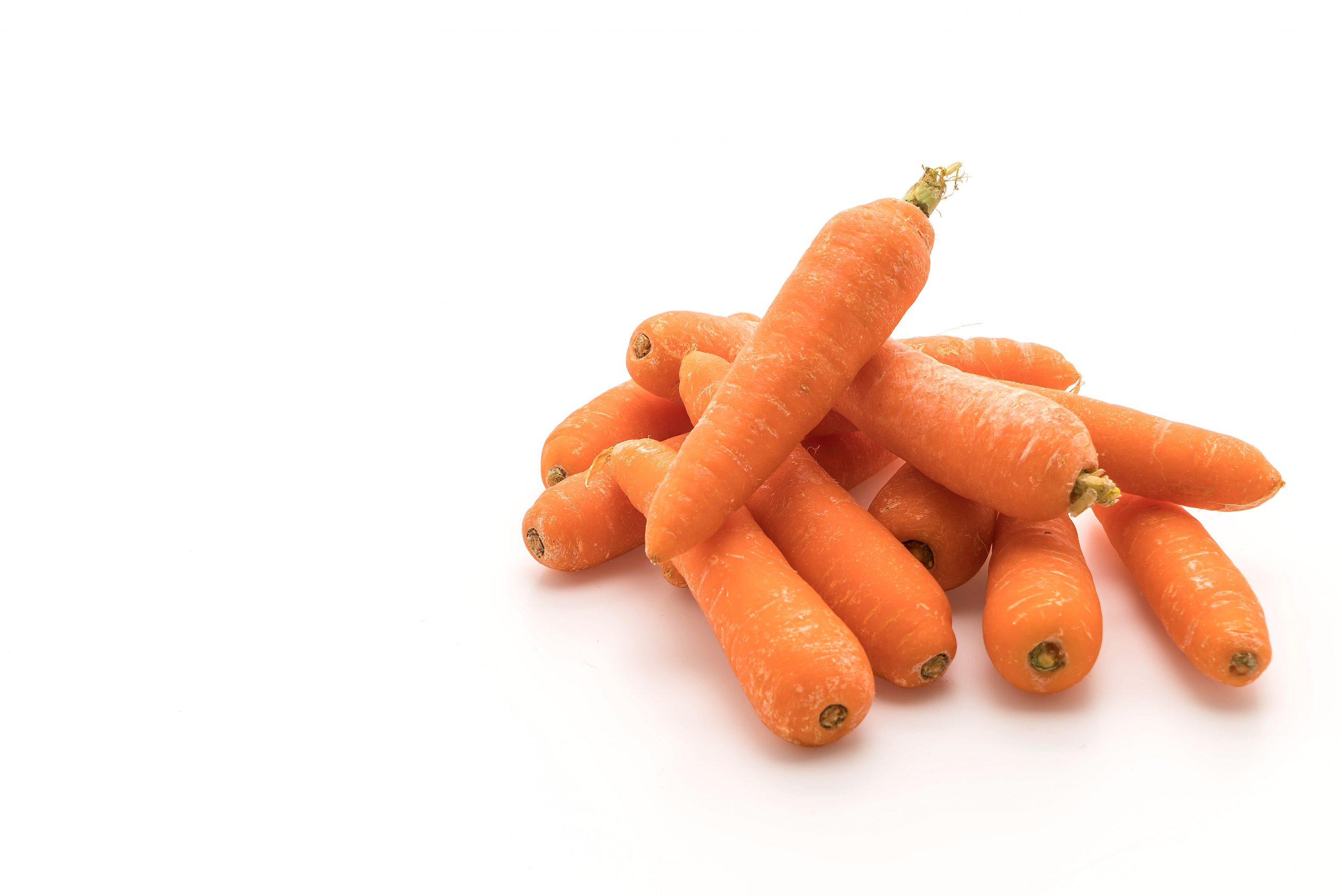
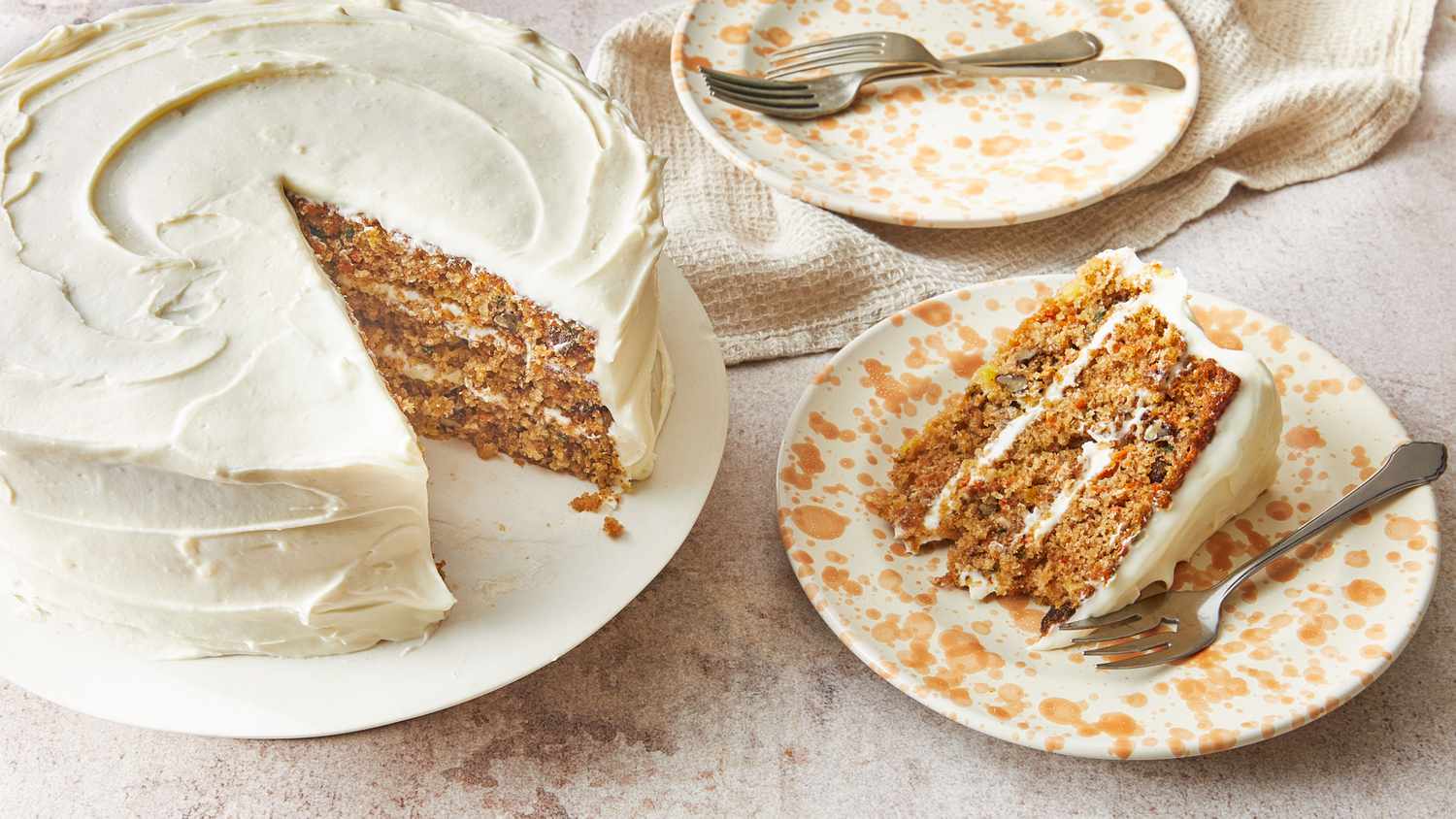
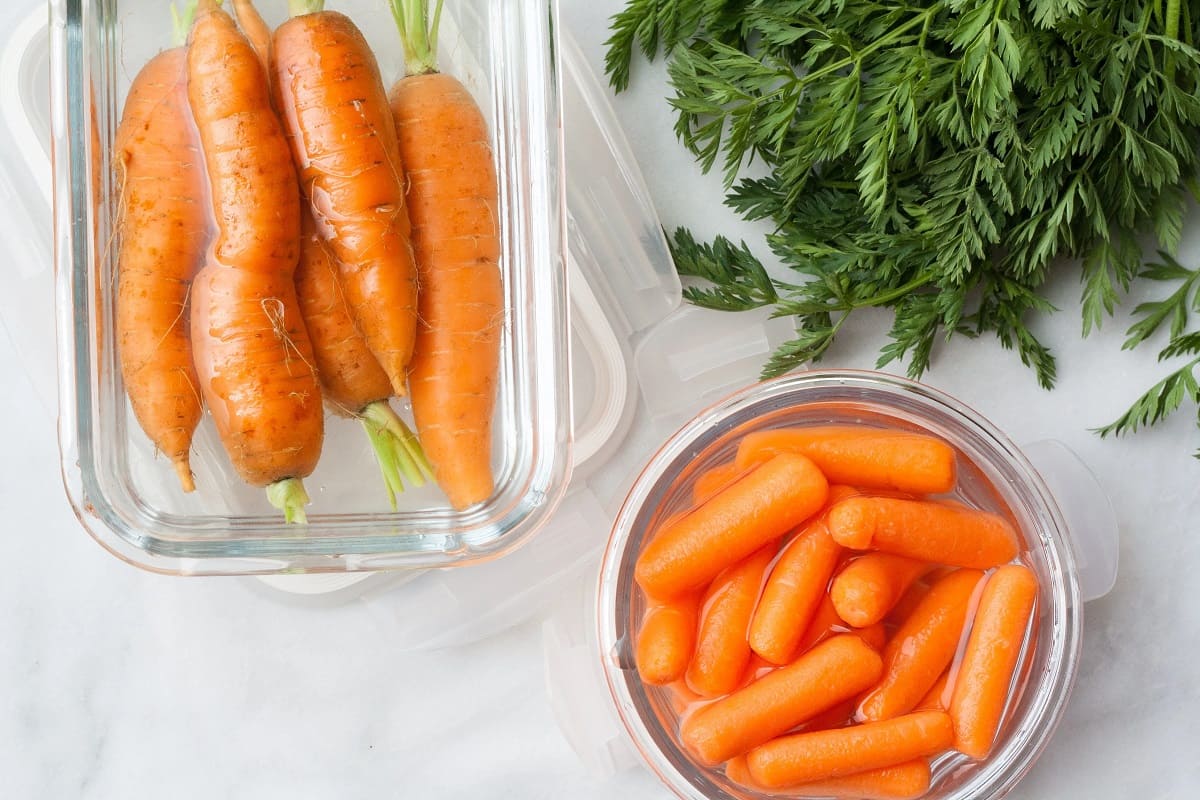
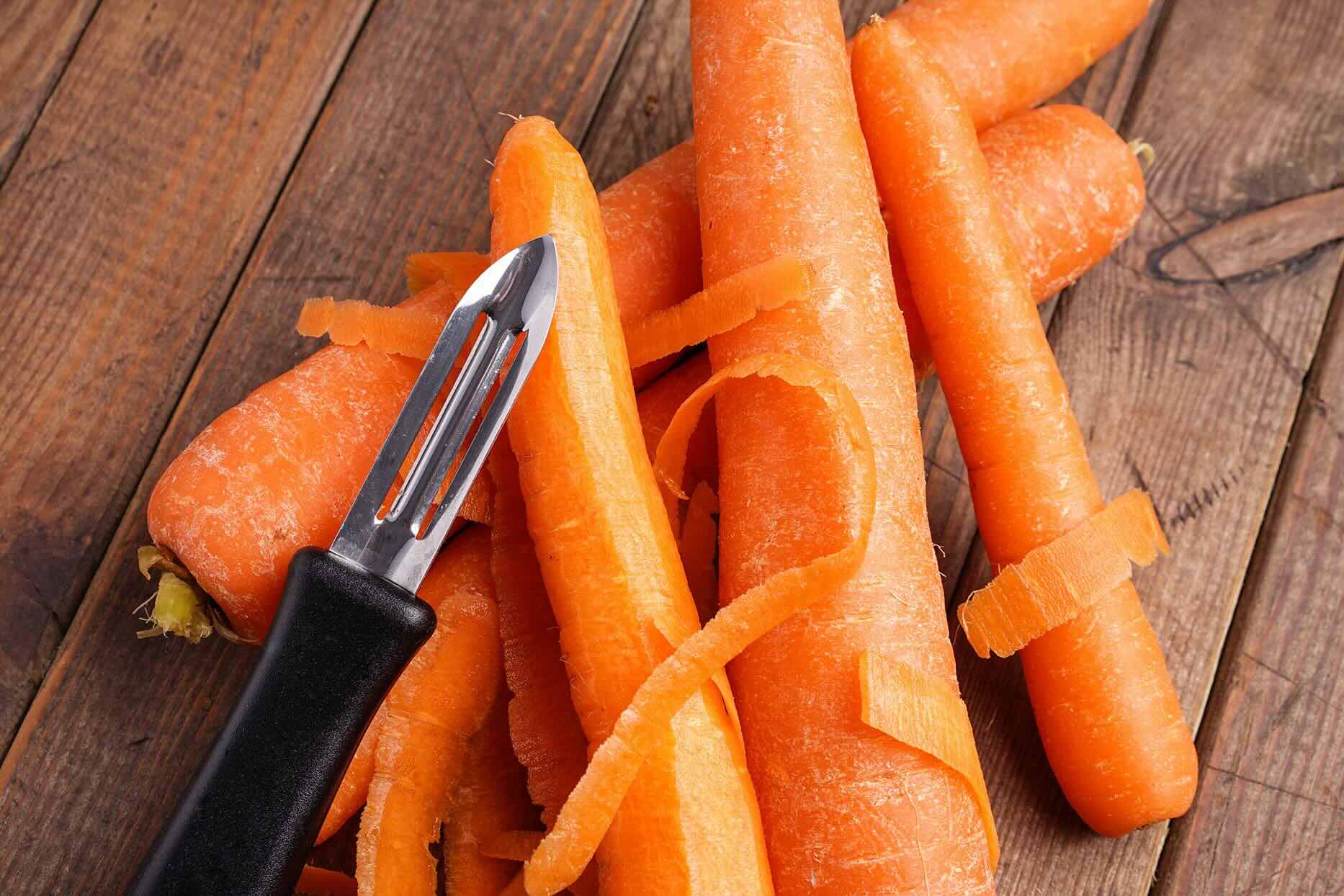
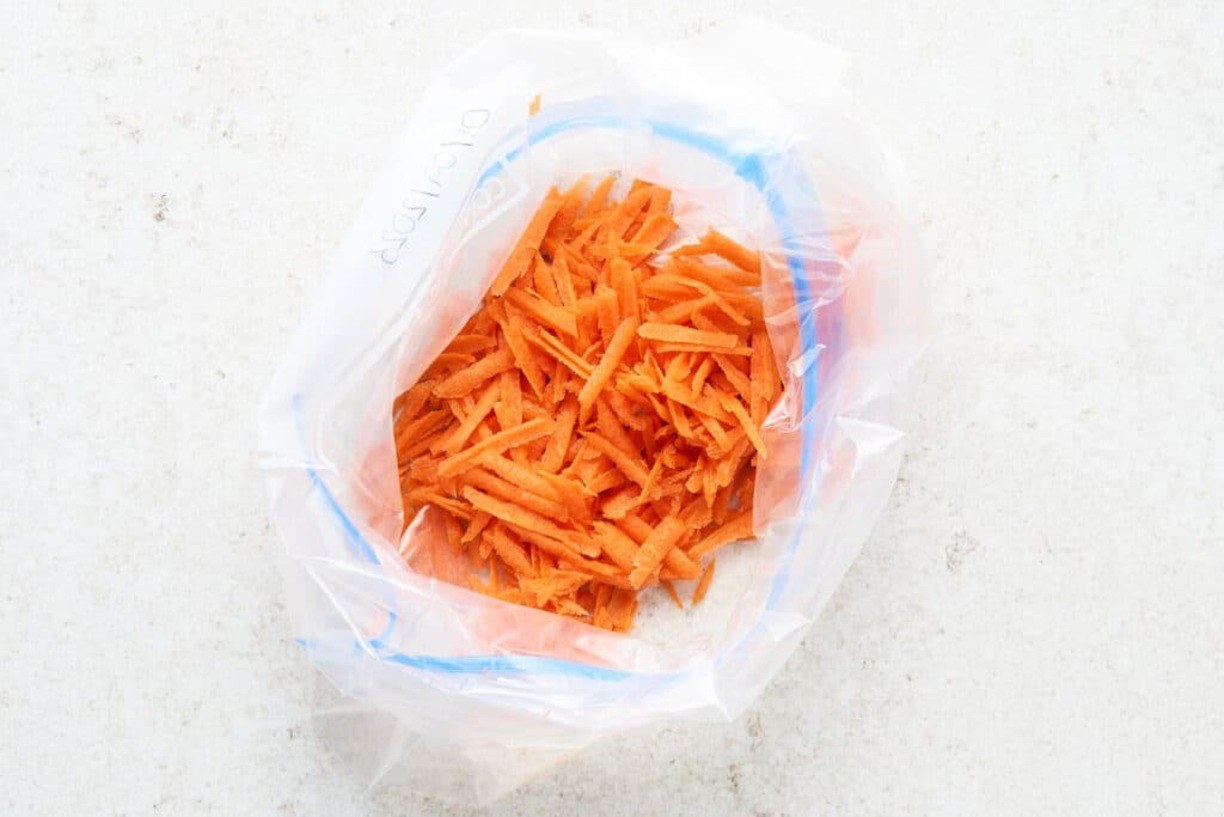
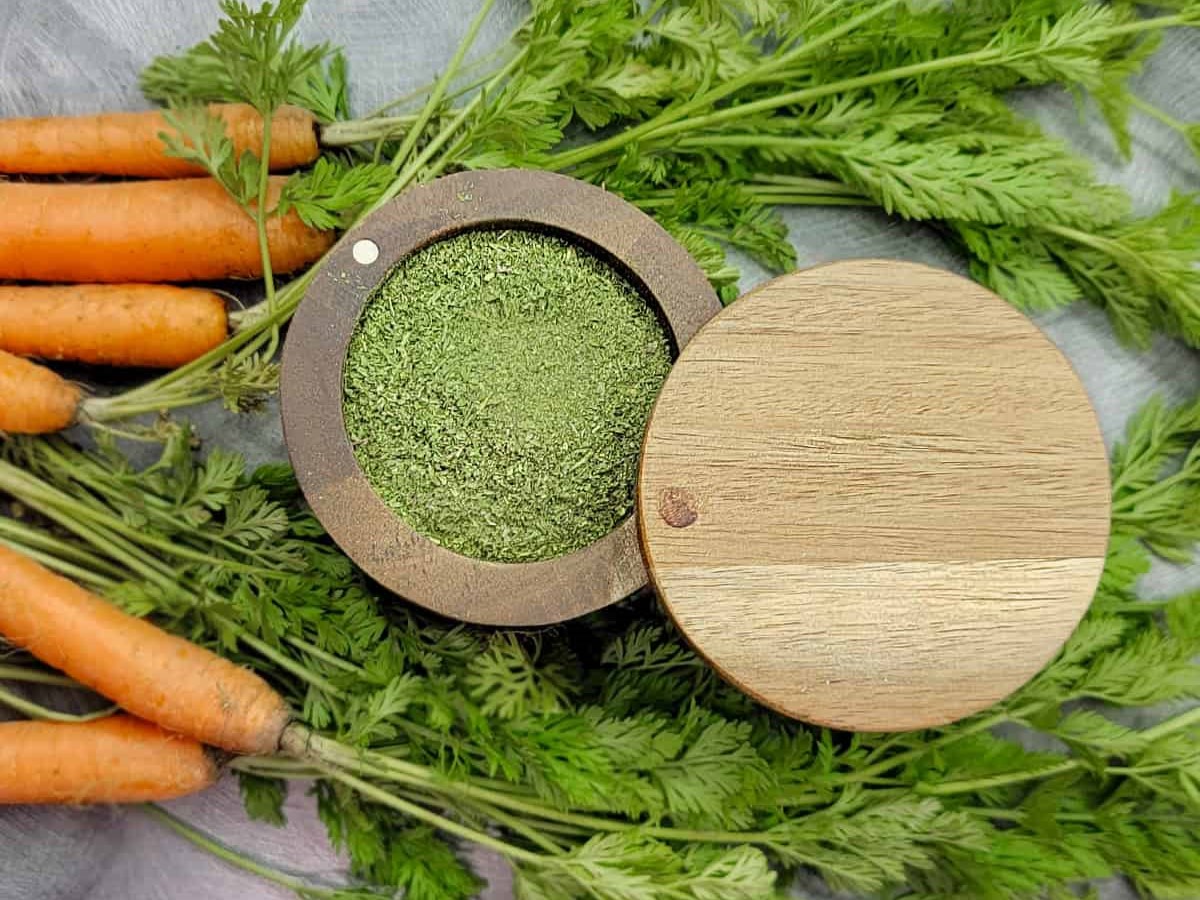
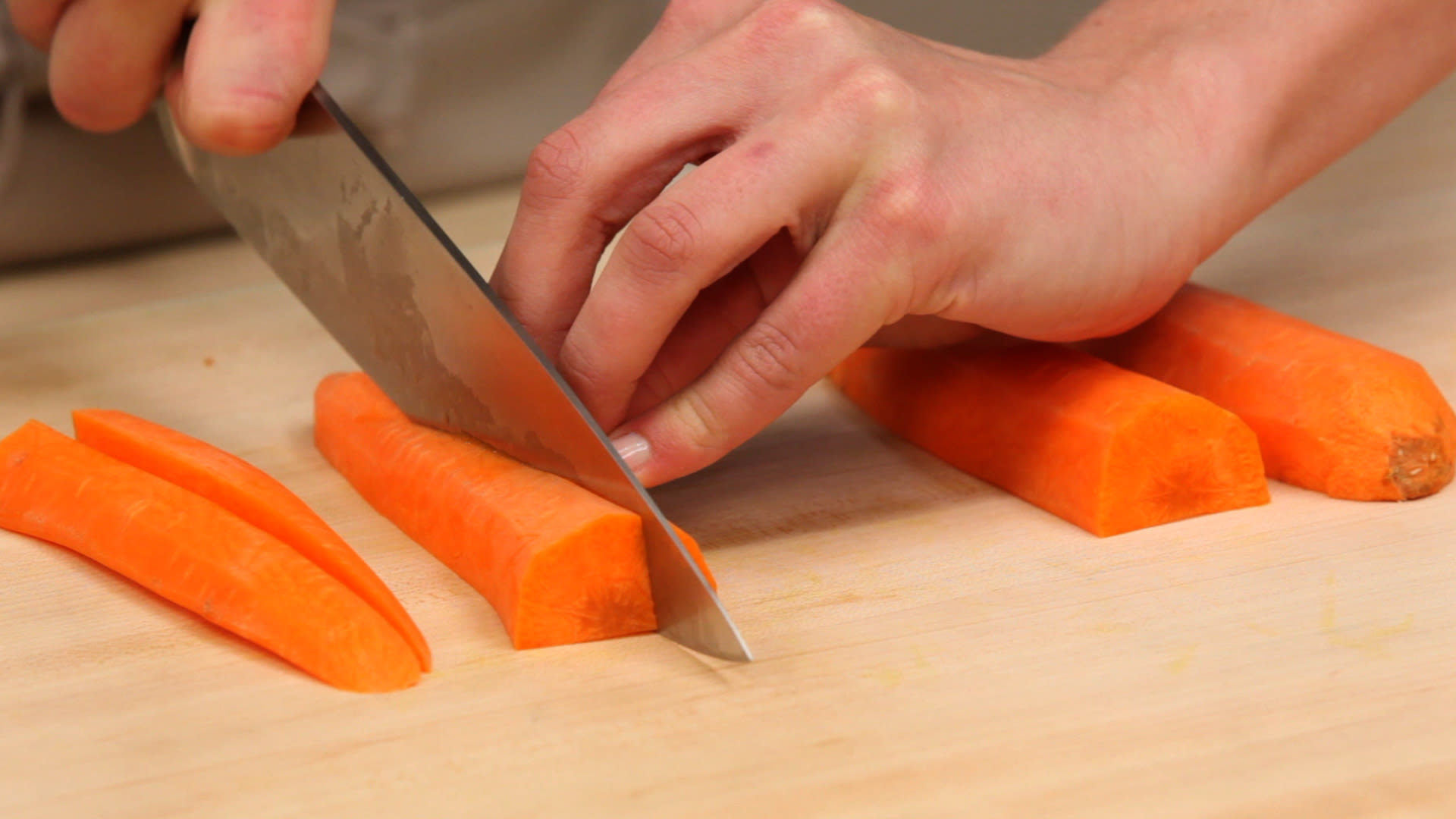
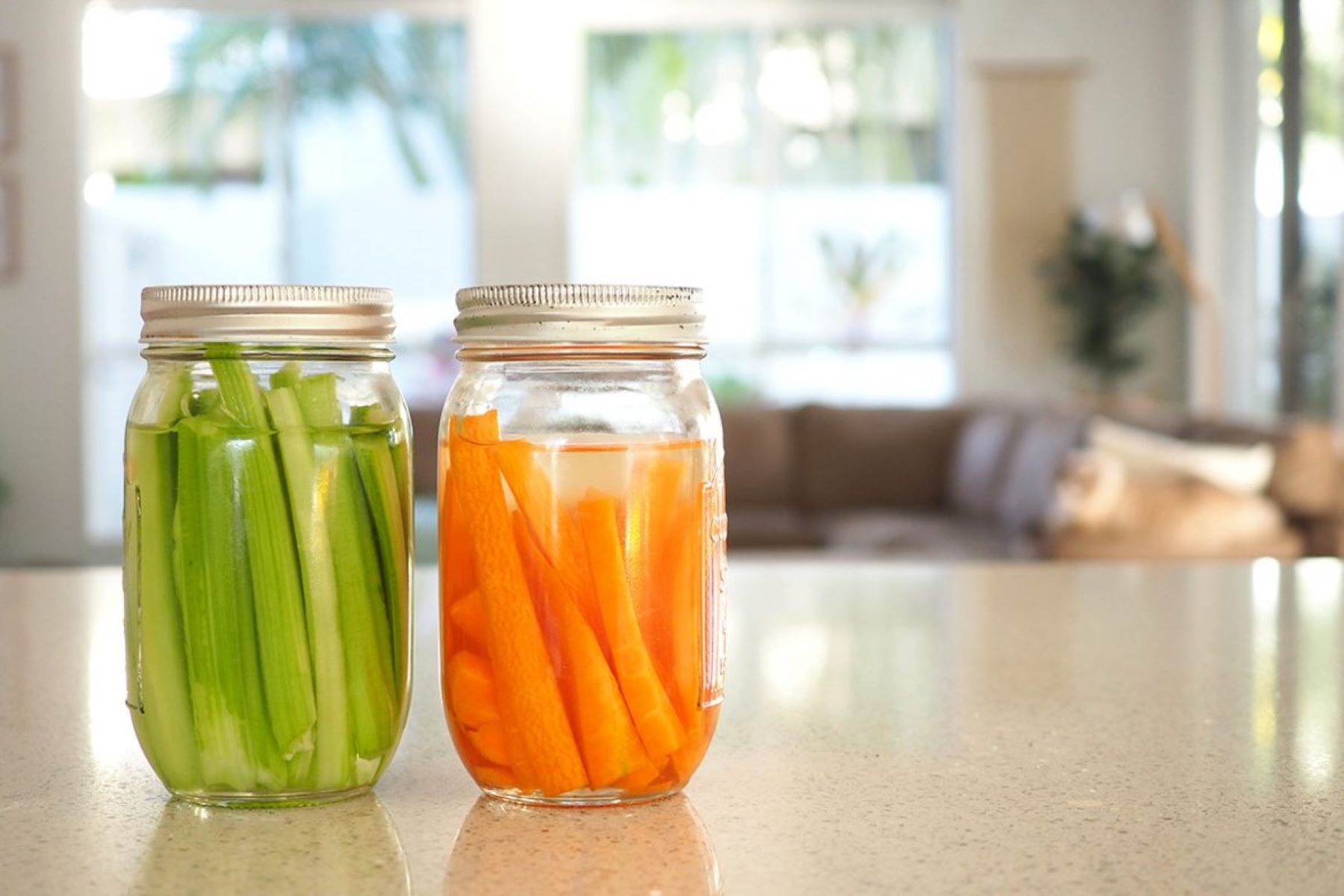
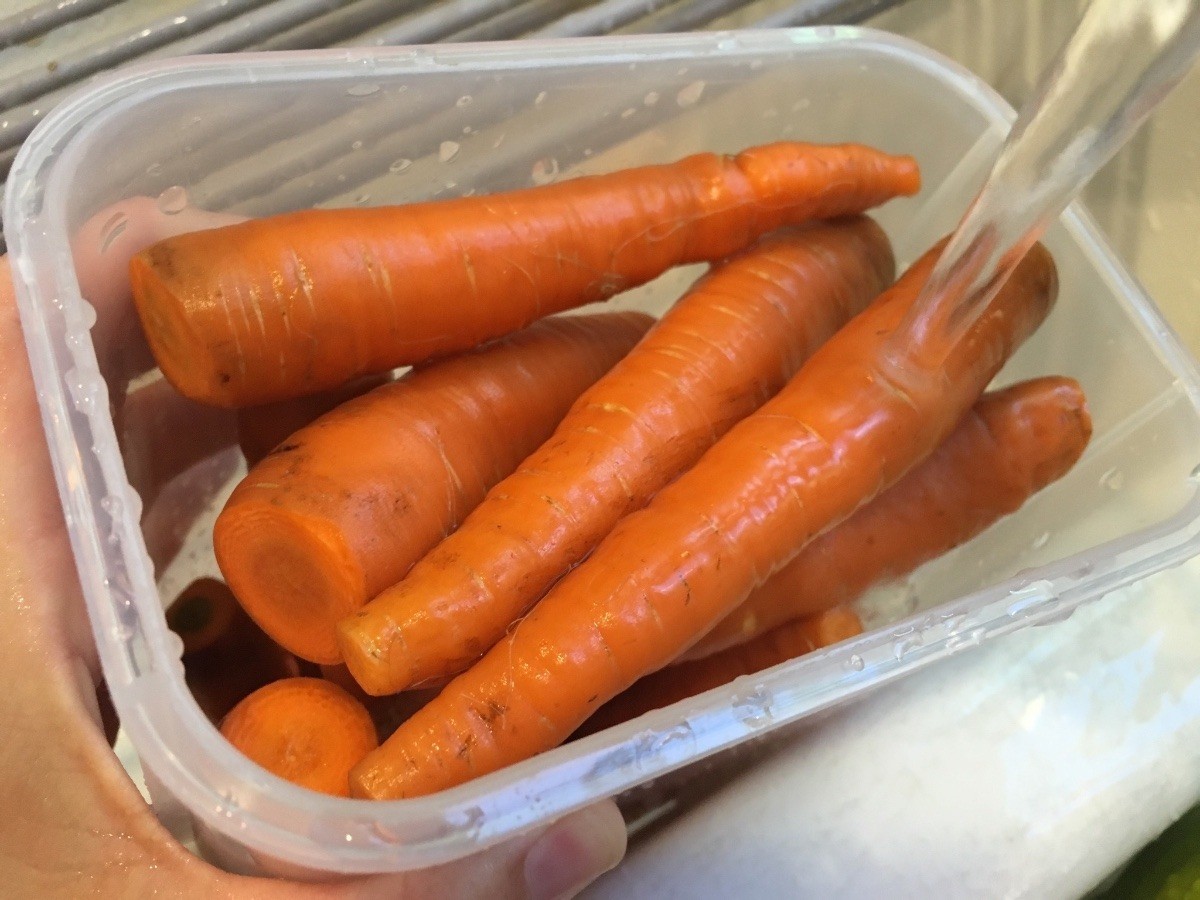

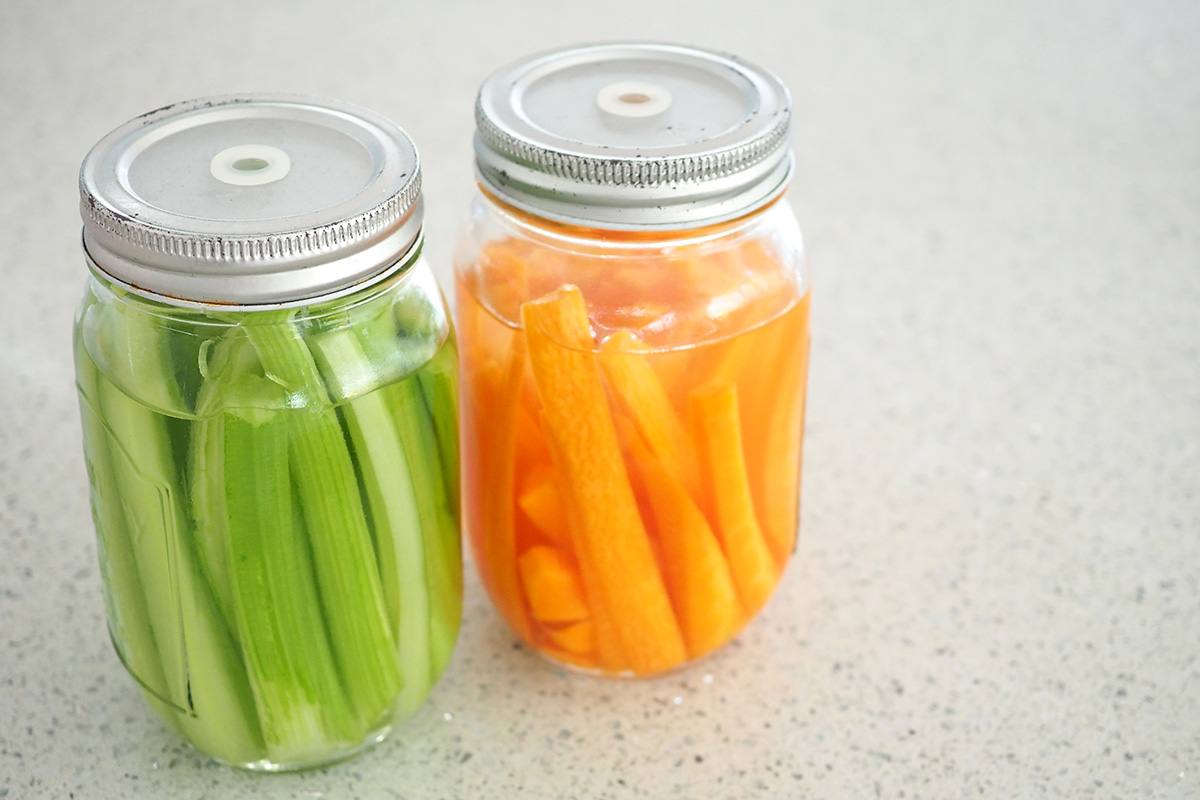
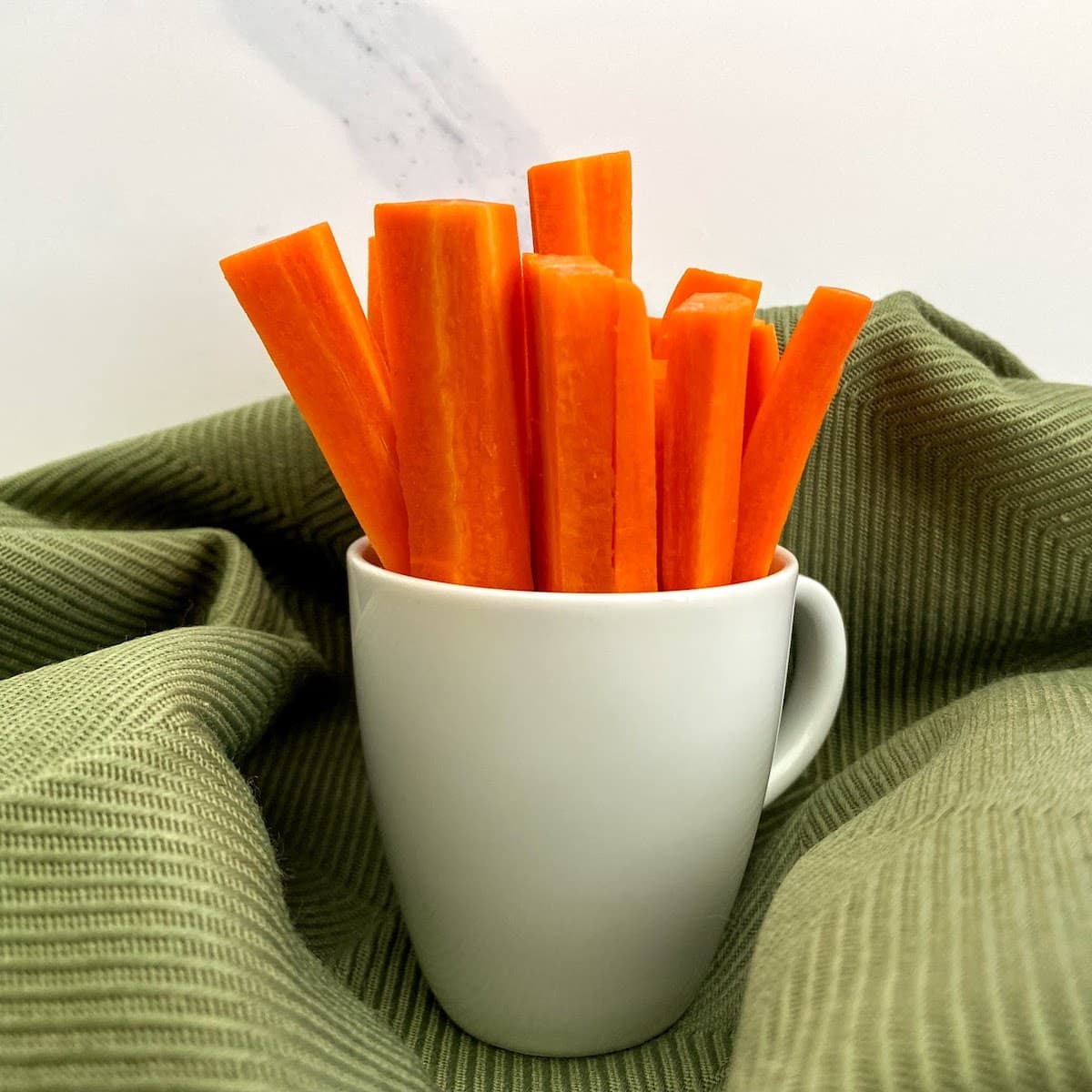
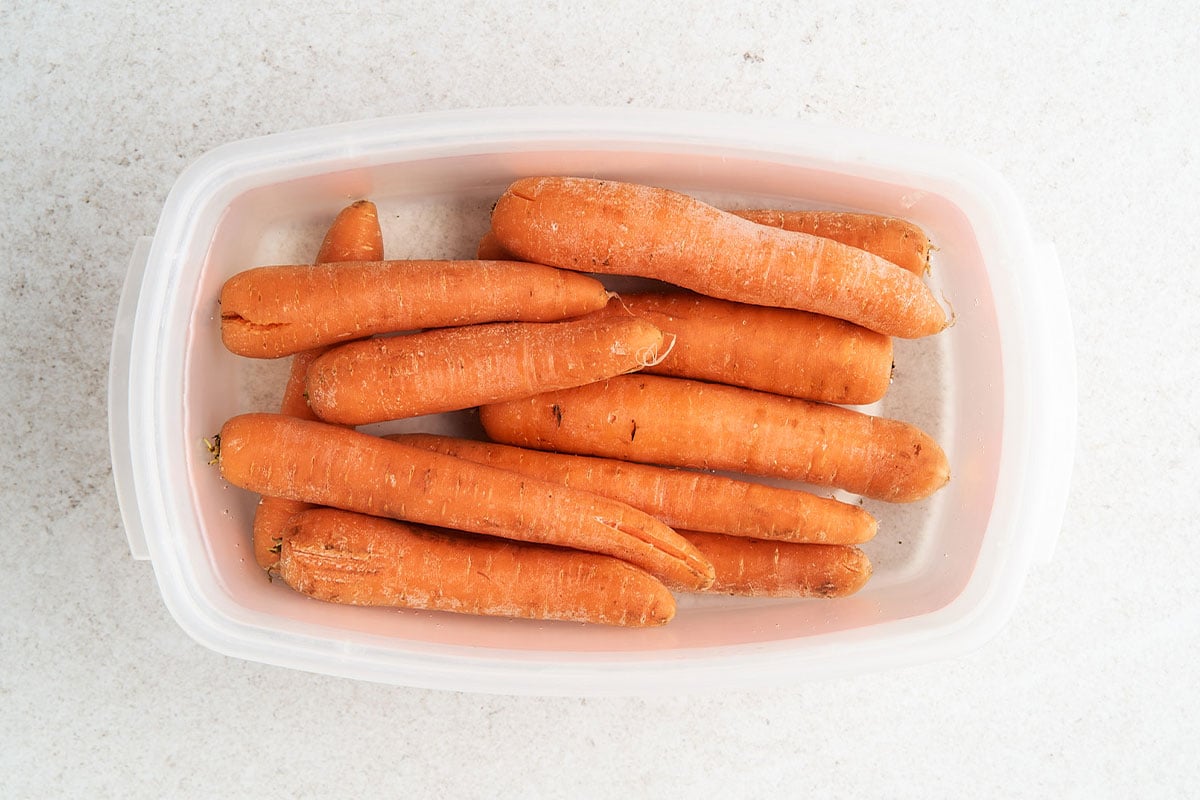
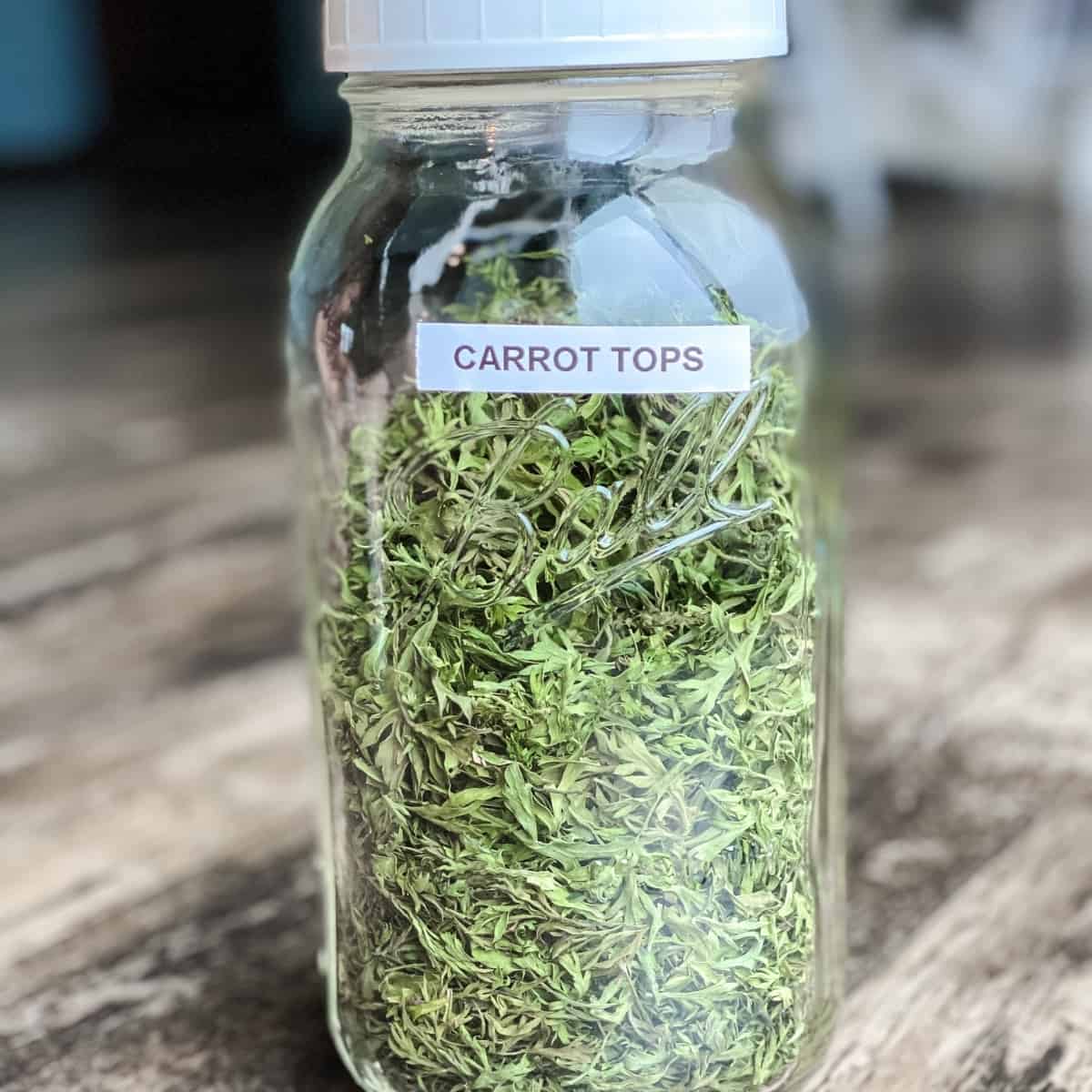

0 thoughts on “How To Store Washed Carrots”